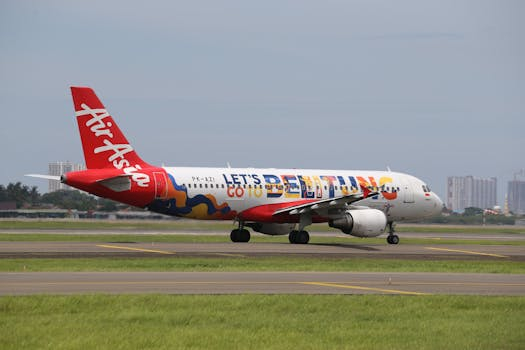Flight Safety Statistics Reassure Anxious Nervous Travelers
Are you someone who starts to feel anxious as soon as the cabin crew announces that it’s time for takeoff? Do you spend the few hours of your flight looking for turbulence and gripping the armrests? If you answered yes, then you are not alone. Many people experience fear and anxiety when flying, despite the fact that air travel is statistically the safest mode of transportation. In fact, flight safety statistics have proven to be a reassuring source of comfort for anxious and nervous travelers. Let’s take a closer look at these reassuring numbers and how they can alleviate the fear of flying for many individuals.
The Importance of Flight Safety Statistics
It’s no secret that flying can stir up a range of emotions in people, especially those who have a fear of flying. However, when we take a step back and look at the facts, we can see that flying is a remarkably safe way to travel. In fact, according to the National Safety Council, the odds of dying in a plane crash are around 1 in 205,552, making air travel one of the safest forms of transportation.
The reason why flight safety statistics are crucial is that they provide tangible evidence of safety. Instead of just relying on feelings or opinions, we can trust in the numbers and data that show us the reality of flying. This is especially important for anxious and nervous travelers who may have an irrational fear of flying.
Understanding the Numbers
When it comes to flight safety statistics, there are a few key facts to keep in mind. The first is that most airplane accidents occur during takeoff and landing, with the majority of flights being perfectly safe while in the air. This can be reassuring for those who may experience anxiety during these critical parts of the flight.
In addition, commercial airlines are required to adhere to strict safety regulations set by governing bodies such as the Federal Aviation Administration (FAA) in the United States. These regulations cover everything from equipment maintenance and training to air traffic control and pilot fatigue. By following these regulations, airlines are able to maintain a high level of safety for all passengers.
It’s also worth noting that most commercial airline accidents are due to human error rather than mechanical failure. This shows that the advancements in technology and safety protocols have greatly reduced the risk of accidents caused by technical malfunctions.
Reassuring Anxious Nervous Travelers
For those who struggle with a fear of flying, these statistics can be a great source of comfort and reassurance. Understanding that flying is a highly regulated and well-monitored form of transportation can help to ease any fears or concerns. However, it’s also important to remember that it’s normal to feel anxious or nervous while flying, and these feelings do not mean that the flight is unsafe.
In addition to flight safety statistics, there are also measures that individuals can take to ease their fear of flying, such as booking a seat towards the front of the plane, practicing deep breathing and relaxation techniques, and distracting themselves with activities like reading or listening to music.
In Conclusion
Flight safety statistics are a powerful tool in reassuring anxious and nervous travelers. By understanding the numbers and data behind air travel, we can see that flying is statistically safe and reliable. However, it’s important to acknowledge and address any fears or concerns that an individual may have, and to know that there are resources available to help manage these feelings. So next time you board a plane and feel a wave of anxiety, remember the reassuring statistics and trust in the safety measures put in place for a smooth and worry-free flight.








